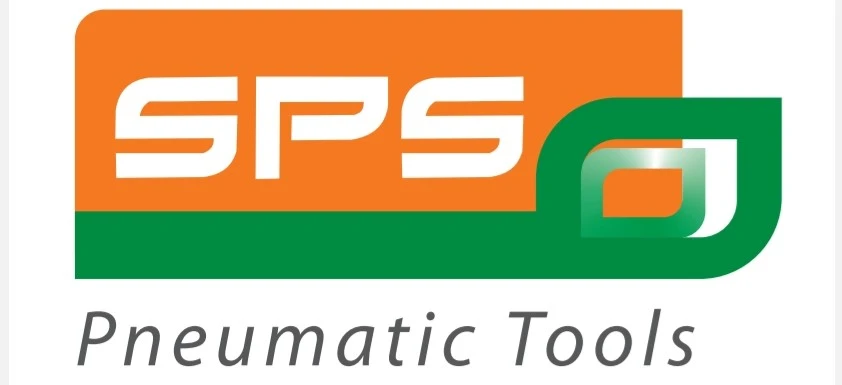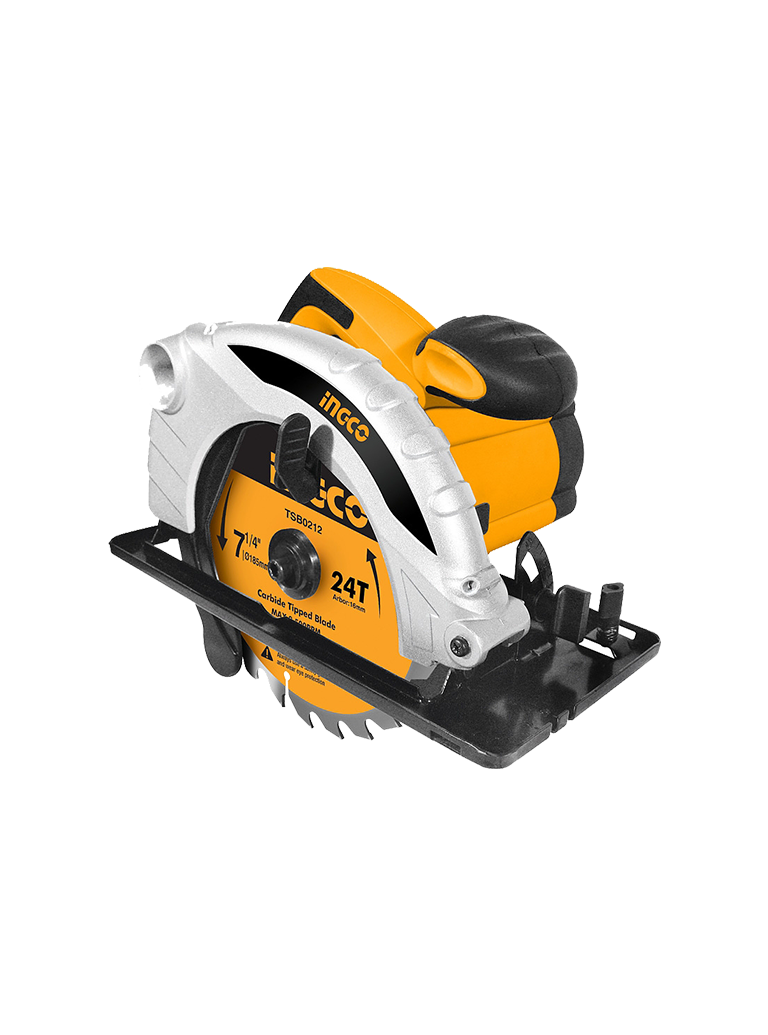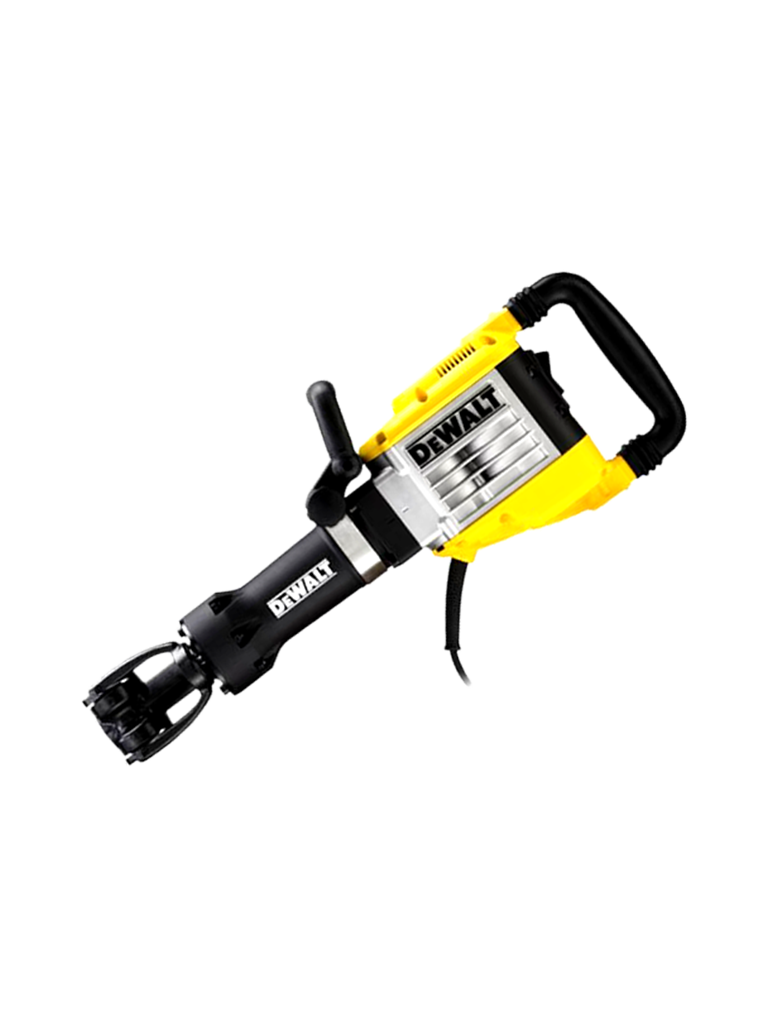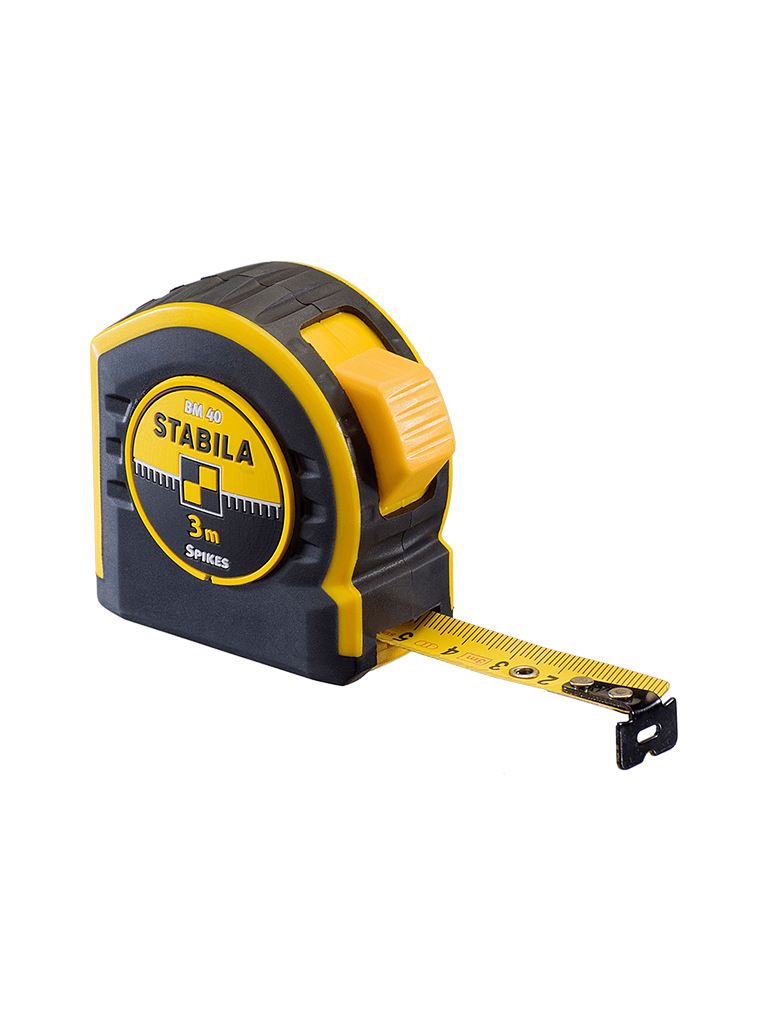Introduction
In modern industries where efficiency, safety and reliability are paramount, pneumatic tools have become indispensable assets. These air-powered workhorses deliver the power and precision needed across automotive, manufacturing and construction sectors.
What Are Pneumatic Tools?
Powered by compressed air from an air compressor, pneumatic tools offer:
- Lightweight construction
- Reduced maintenance needs
- Consistent power output
- Superior durability
- Enhanced safety features
- Cost-effective operation
1. Automotive Industry Applications
Why Pneumatic Tools Dominate Auto Shops
- Assembly Line Efficiency: Impact wrenches speed up production
- Durability: Withstand heavy daily use
- Worker Safety: Reduced fatigue from lighter tools
- Versatile Repairs: From tire changes to body work
- Precision Painting: Air spray guns for flawless finishes
Essential Automotive Pneumatic Tools
| Tool | Application |
|---|---|
| Air Ratchets | Tightening bolts in confined spaces |
| Impact Wrenches | Quick lug nut removal/installation |
| Spray Guns | Automotive painting and finishing |
| Air Hammers | Exhaust work and panel shaping |
2. Manufacturing Industry Solutions
Production Line Advantages
- High-Speed Operations: Pneumatic screwdrivers boost output
- Cost Efficiency: Lower maintenance than electric tools
- Precision Engineering: Consistent torque for quality control
- Automation Ready: Seamless integration with robotic systems
Key Manufacturing Pneumatic Tools
- Pneumatic screwdrivers
- Air grinders
- Riveters
- Pneumatic drills
- Torque wrenches
- Sanders
3. Construction Industry Power
Job Site Superiority
- Raw Power: Jackhammers break through concrete
- Weather Resistance: Reliable in all conditions
- Safety: No sparks in flammable environments
- Portability: Lightweight for all-day use
Critical Construction Pneumatic Tools
| Tool | Use Case |
|---|---|
| Pneumatic Nail Guns | Framing and roofing |
| Jackhammers | Demolition work |
| Air Drills | Masonry and metal drilling |
Universal Benefits Across Industries
Durability
Built to withstand harsh industrial environments with minimal maintenance
Efficiency
Continuous operation without overheating or motor failures
Cost Savings
Lower long-term maintenance and operational costs
Maintenance Best Practices
- Regular lubrication with pneumatic oil
- Daily air compressor moisture drainage
- Frequent hose and fitting inspections
- Proper storage in dry conditions
Conclusion
Pneumatic tools remain the backbone of industrial operations, offering unmatched power, reliability and efficiency. As technology advances, these tools continue to evolve with smart features and automation capabilities.
For industrial-grade pneumatic solutions, explore SPS Pneumatic Tools for reliable equipment that powers productivity.




